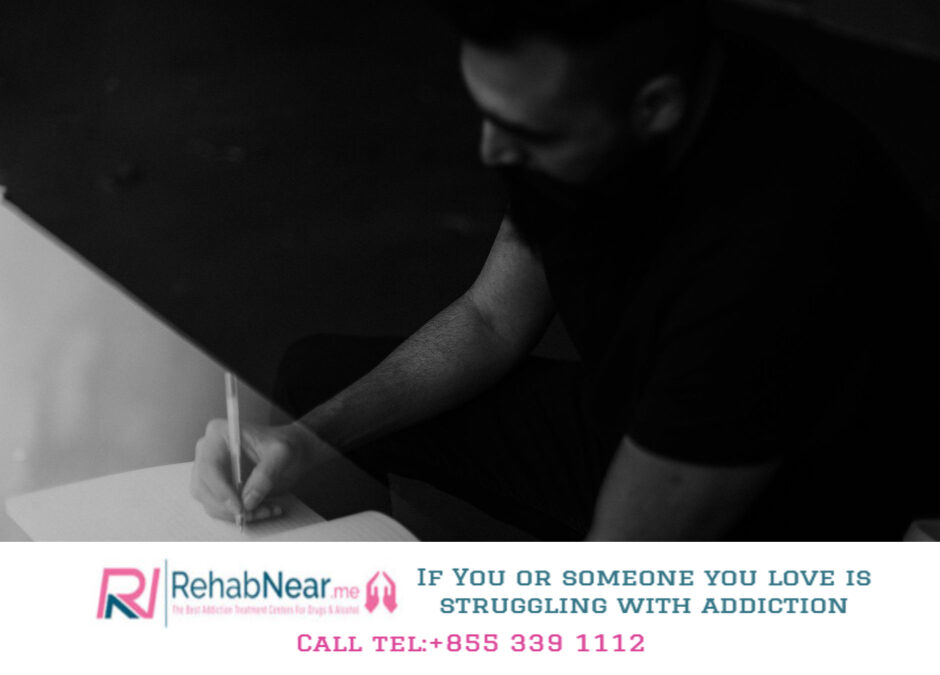Navigation: Amytal Overview, Amytal Abuse and Effects, Signs of Amytal Addiction
Amytal, or amobarbital, is a highly dangerous barbiturate drug that runs a high risk of dependence. In fact, if a person increases their intake by even just a few grains of the powder, they may suffer from a fatal overdose.
For this reason, Amytal is no longer prescribed to patients outside of a medical setting. A fatal dose of Amytal can be between two to six grams—and there have been reports of people dying from as little as one gram. In fact, most cases of barbiturate overdose are fatal.
Heart failure, kidney failure, pulmonary edema, and pneumonia may develop after an Amytal overdose.
In order to provide proper support for those who are struggling with Amytal abuse and addiction, it is important to know more about the drug and its effects.
Amytal Overview
Amytal is the popular brand name for amobarbital. It is a barbiturate, which means it falls under the category of drugs known as sedative-hypnotics. They can be used to treat sleep disorders, but they are also used as preanesthetic for surgeries in a medical setting. Smaller doses of barbiturates can be used as anticonvulsants.
Amytal is a central nervous system or CNS depressant. It means that the drug works by activating the neurotransmitter called GABA, which calms the nerves, relaxes the muscles, and slows down brain function. Because of the way it affects the brain, Amytal can effectively put a person to sleep. At higher doses, this drug is also an anesthetic.
Controversially, Amytal has been used as a “truth serum” in psychiatric interviews.
Barbiturates were the most frequently abused drugs in the United States between 1930 and 1990. This included drugs like Amytal, Tuinal, and Dexamyl. Famous people who died due to barbiturate overdose during this time include Marilyn Monroe and Jimi Hendrix.
In the 1970s, benzodiazepines were introduced and they slowly took the place of barbiturates because of their less-addictive properties. These sedative hypnotics had the same function as barbiturates but had a reduced risk of overdose.
And then in the 2000s, amobarbital pills were removed from the market, including Dexamyl and Tuinal, and were only made available legally by injection.
In fact, the United States is the only country that still uses barbiturates for medical purposes. 15 to 50mg of Amytal is the most common legal dose for sedation, while 65 to 200mg is for sleep. That said, the tablet form of Amytal has been banned by the Food and Drug Administration, and now it is only administered intravenously.
Amytal Abuse and Effects
Under the Controlled Substances Act, Amytal is classified as a Schedule II drug. This means it has a high risk of abuse and dependence, despite its medical uses. Although this drug is known to be dangerous, a lot of people still abuse the substance.
It is no longer possible to legally obtain a prescription for Amytal, but it can still be found in the streets. Common street names for Amytal include red, redbirds, blue devils, heavenly blues, blue heaven, bluebirds, blue velvets, and downers.
Obtaining Amytal for personal use is considered illegal and a form of abuse.
Recreational users take Amytal because of its sedative and euphoric effects. It creates an intoxicating “buzz” that can be compared to alcohol. Lower doses of this drug may reduce a person’s inhibitions and give them a false sense of confidence.
Taking higher doses will make the person appear “drunk”. They will exhibit symptoms like slurred speech, unsteady gait, and poor coordination.
Because of its similarities with alcohol, people who struggle with alcohol abuse may abuse barbiturates as well.
Recreational users often dilute the white powder into a liquid form and inject the drug directly into their bloodstream to get immediate effects. Some people snort the white powder.
Signs of Amytal abuse include: nausea, vomiting, dizziness, sleepiness, muscle weakness, anxiety, headaches, confusion, insomnia, fever, tremors, slurred speech, shallow breathing, poor coordination, and poor judgment. They may also display uncharacteristic behavior such as a lack of inhibitions, euphoria, calmness, and self-confidence.
It is easy to overdose on this highly-potent drug. It can slow down brain function to the point where the user “forgets” how to breathe, which may trigger coma or lead to death. Taking Amytal with alcohol or other CNS depressants significantly increases the odds of an overdose.
Amytal users may also engage in risky and dangerous behavior because of their lack of inhibitions. They may drive while intoxicated and get into a serious accident.
Signs of Amytal Addiction
Over time, the user can become addicted to the euphoric effects of Amytal. Addiction is characterized by the inability to quit a particular substance even when the person is already experiencing its adverse effects.
Addicted people will lose interest in things they used to enjoy and start prioritizing the drug over everything else. They will neglect their responsibilities, their studies, their career, their family, and their relationships in favor of taking the drug.
Amytal addiction is very serious—but fortunately, it is possible to recover through proper rehabilitation and medical care.
If someone in the family is struggling with drug or alcohol addiction, it is important to seek help. A combination of medical detox and behavioral therapy can go a long way in the fight against substance abuse. But because every individual is affected by addiction differently, a comprehensive program tailored to their specific needs is necessary. Look for a nearby addiction treatment facility today and find out how drug treatment programs work.
What is Amytal: Addiction, Abuse, and Effects https://t.co/9xtl76xid2 #rehabnearme
— RehabNearMe (@RehabNear_Me) April 22, 2024








